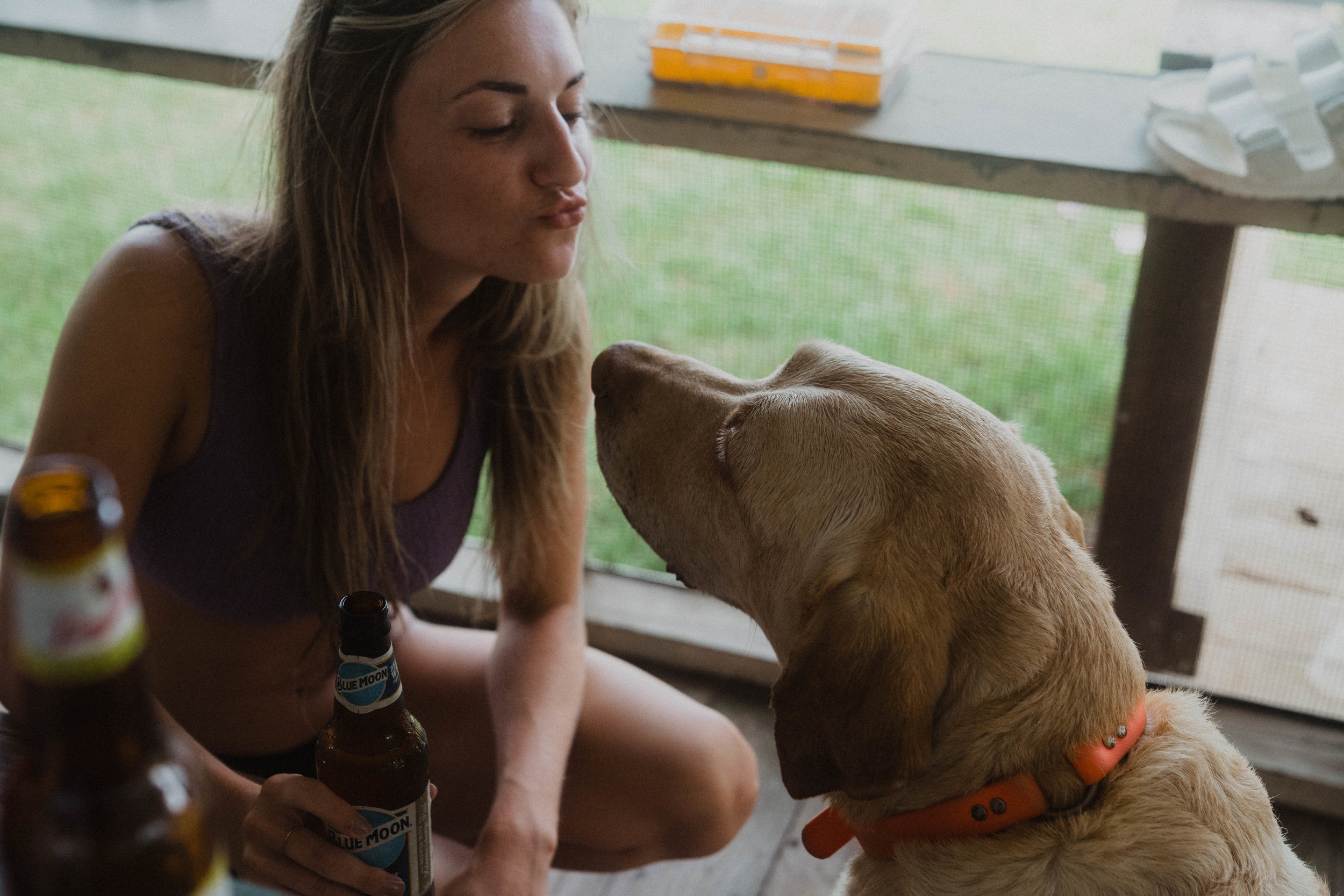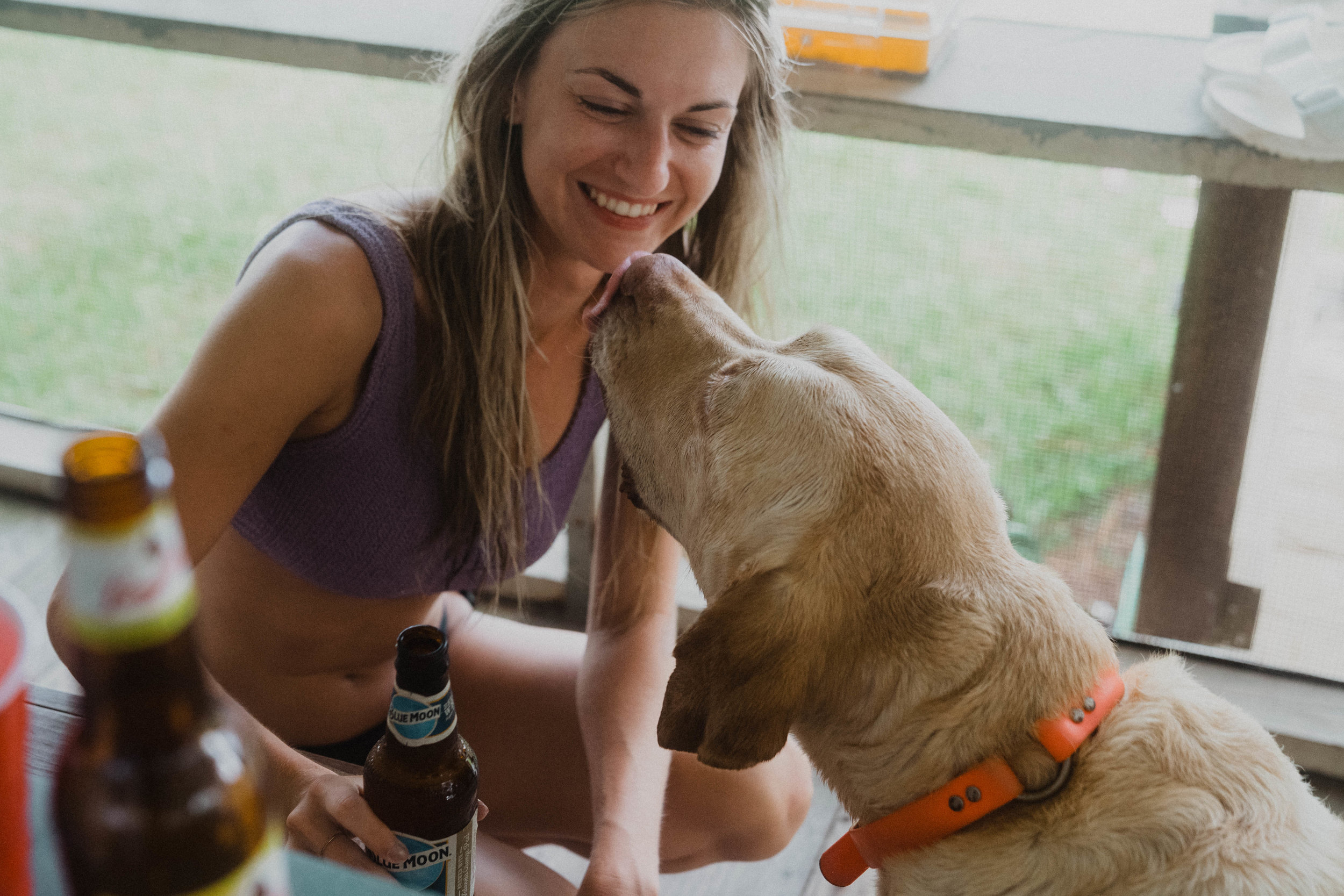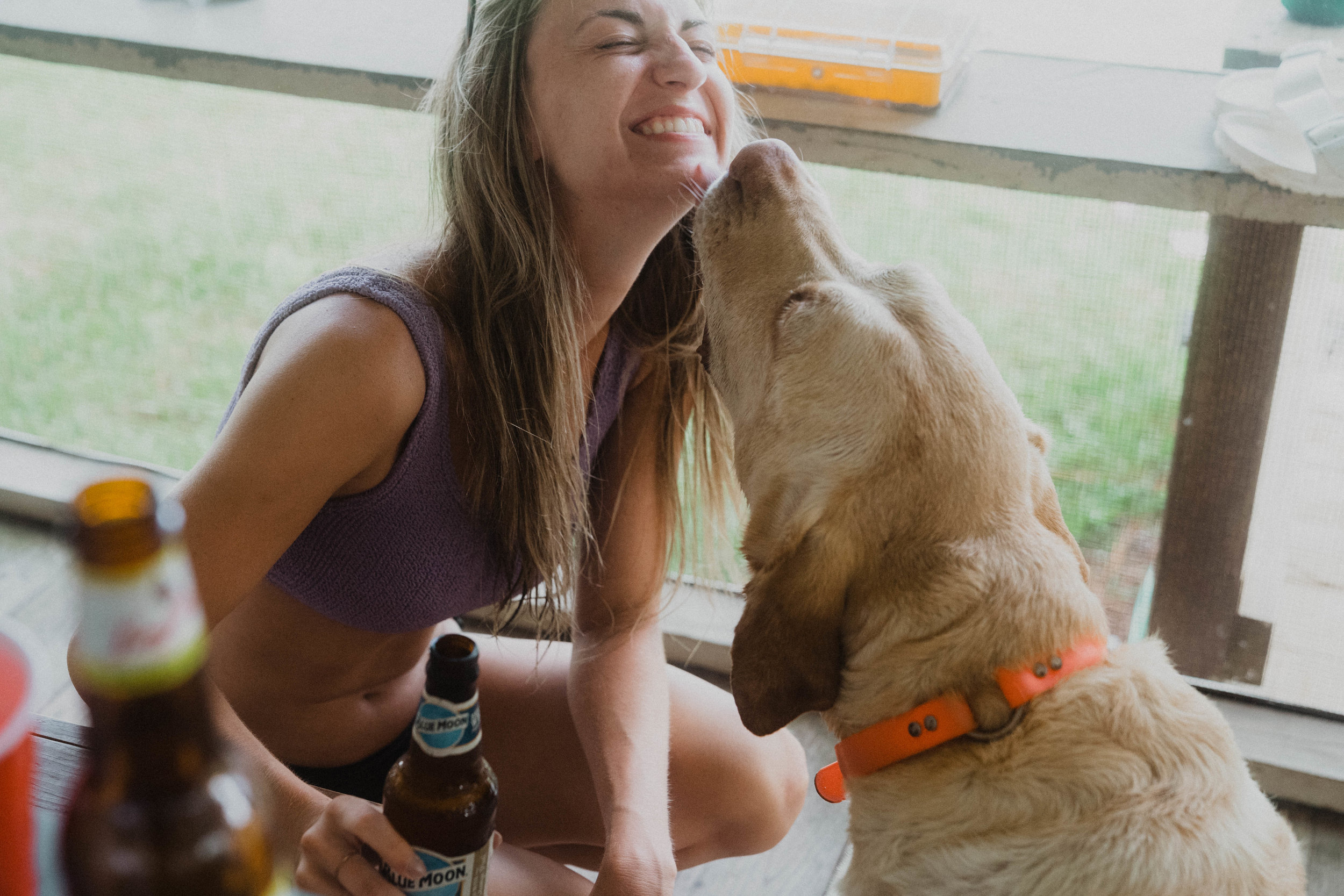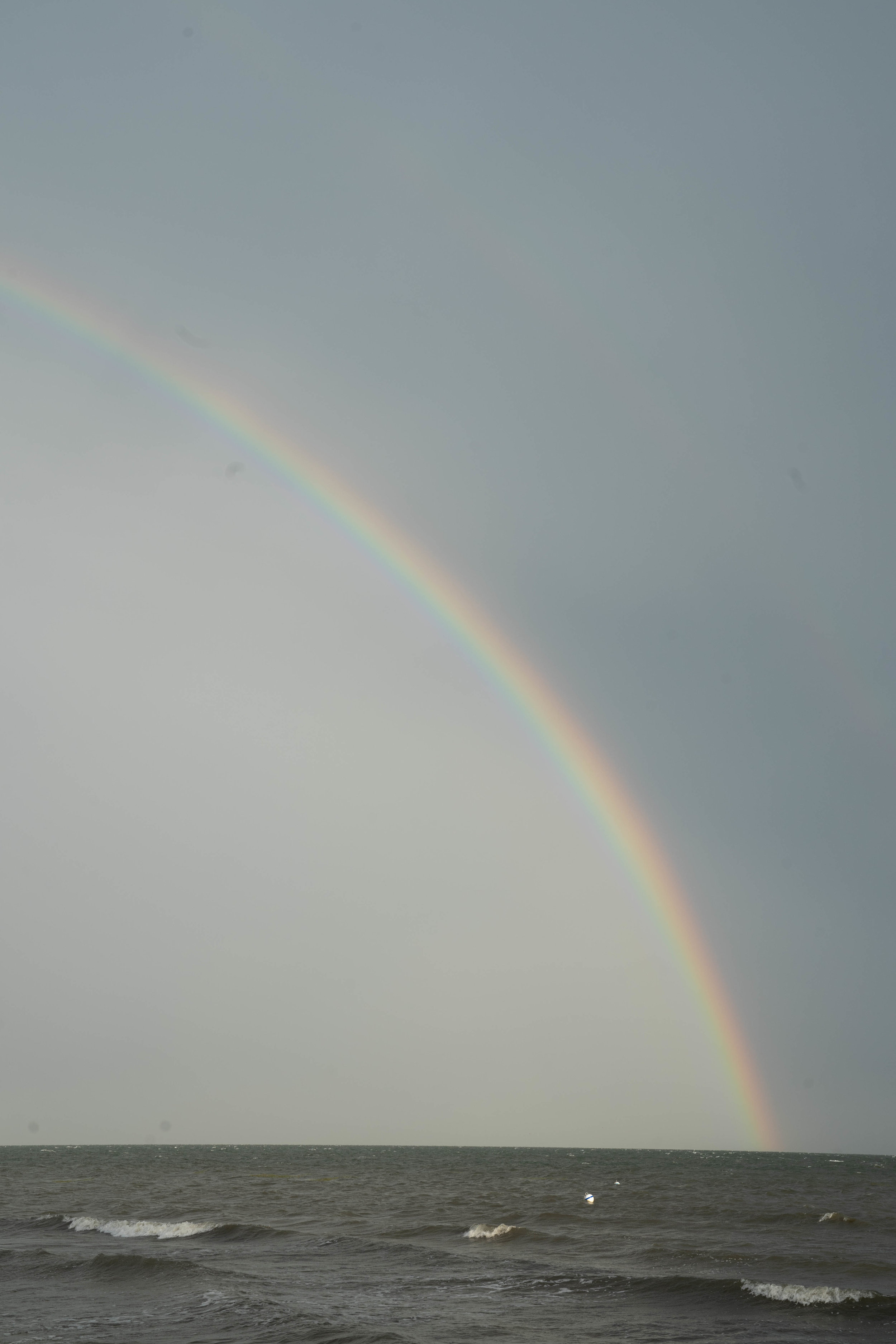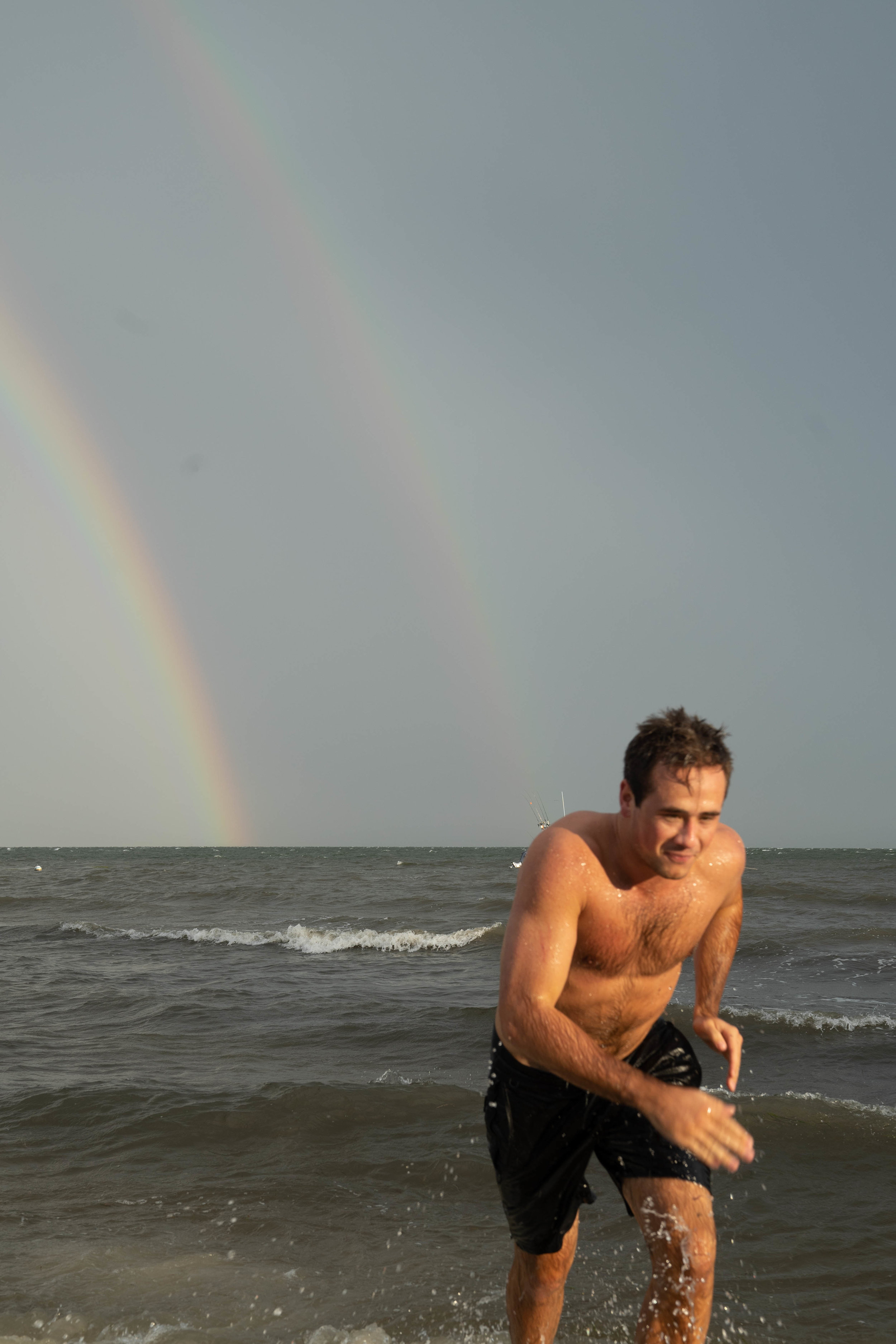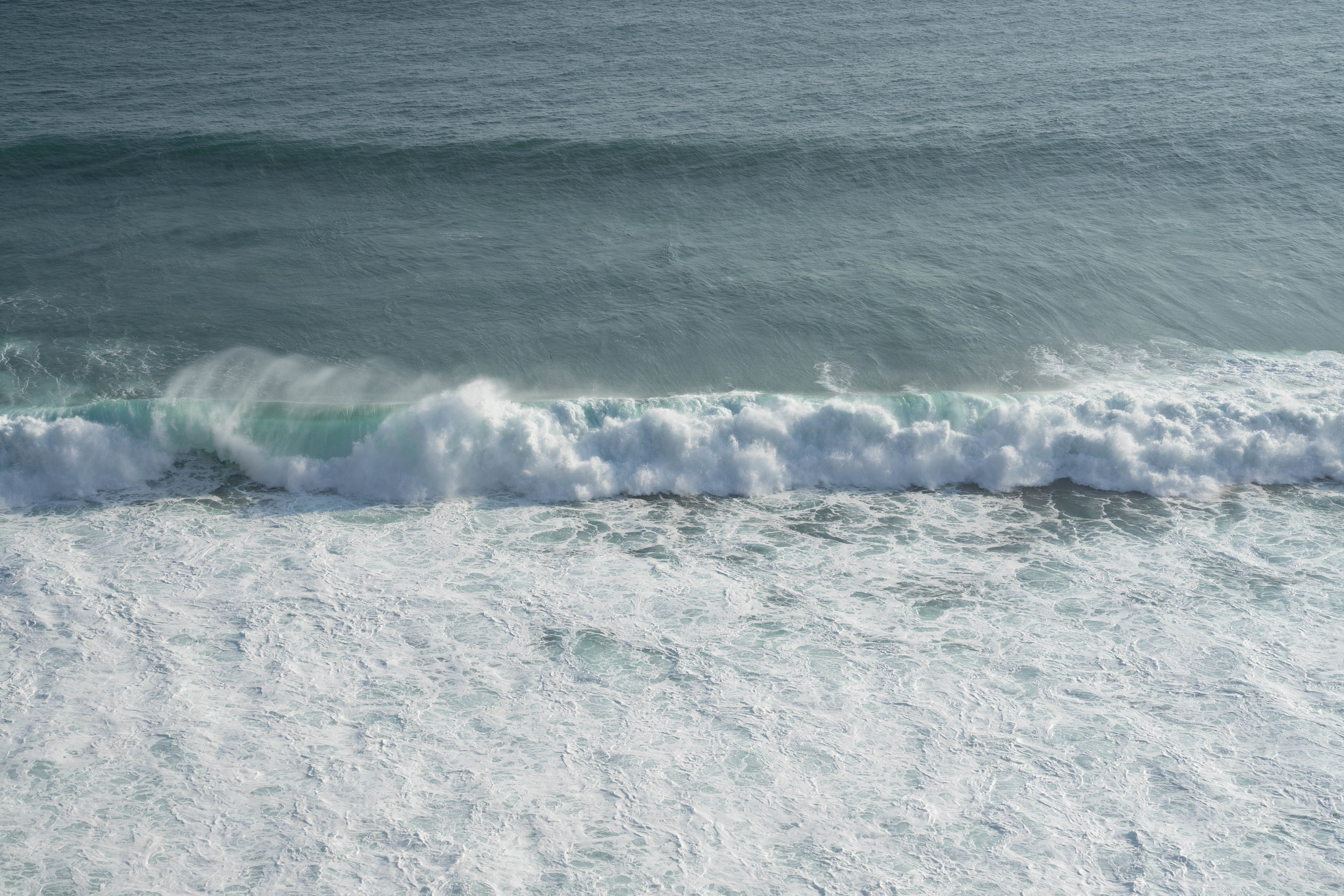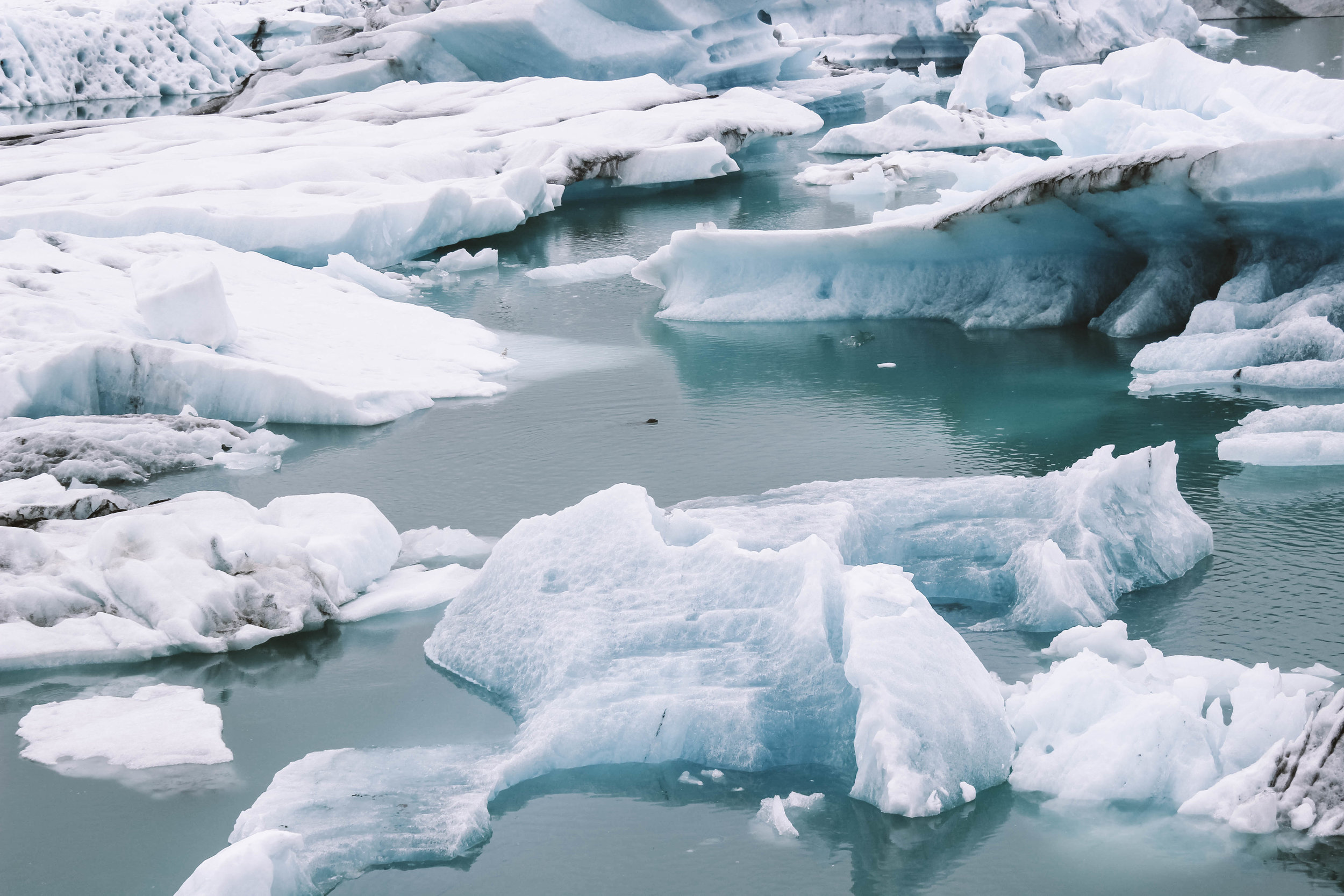Summer on the Gulf
There is rest and sweet enchantment here
St. Teresa, Florida
Bali
Iceland
I'll start by saying that this country has one of the most captivating landscapes I've ever seen. There is so much to see - so many natural wonders, so much fresh, local food, hip coffee shops and art galleries but also sprawling, rural farms. If you're planning a trip to Iceland, I'll spare you some time and let you get on with your planning - here are some of my recommendations.
EAT
Truly did not have a bad meal in this country - but I will say, expect to pay anywhere from $25-50 for breakfast and lunch and likely, more for dinner. We had a delicious breakfast at Stofan but my food was $27. Here are some places we ate/recommend:
In Reykjavik:
- Breakfast/Coffee
Stofan: I read a review of this place on Conde Nast Traveler's site and was drawn to it -- and it was the perfect refuge for us when we arrived in Reykjavik at 7am and couldn't check in to our hotel until 2pm. Cozy, warm, and tastefully eclectic. Breakfast was around $25-$30. $-$$
Reykjavik Roasters: Deemed the best coffee shop by the locals, and I agree with them. It's small but hip and comfortable, and the baristas have won several awards for their craft. $
- Lunch
Gló: Lovely, fresh, vegan/vegetarian friendly restaurant (with options for meat eaters, too). I really enjoyed my meal here, so much that I bought the owner's beautiful cookbook. Suitable for lunch or dinner. Good prices, too, for Iceland! $$
Kaffi Vinyl: Reykjavik's only all-vegan restaurant. Wonderful place to grab a coffee or a bite to eat. Their chalkboard menu rotates regularly and the restaurant doubles as a record store. $-$$
Reykjavik Chips: Sells Reykjavik's finest late night snack: fries. Chips. Whatever you wanna call them, they're good. And yes, we ate them for lunch one day. $
- Dinner & Drinks
DILL: If you have the money and the time to reserve a table well in advance, this Michelin-star restaurant is incredible. A true taste of Iceland fine dining. You choose either a 5-course or a 7-course meal and wine pairing. Unlike many fine dining restaurants, we actually left feeling full and satisfied. $$$$
Sæmundur í Sparifötunum at Kex Hostel: We ate here for lunch but their dinner menu looked amazing. The same creators of DILL also started this restaurant at Kex (which means biscuit in Icelandic -- the hostel is housed in an old biscuit factory) so you know that a lot of care goes into the making of their dishes. They also have a fantastic bar with views of the bay and the mountains. $$-$$$
Bergsson Mathús: We had a quiet dinner here and really enjoyed the light, fresh decor. Vegan/vegetarian friendly with locally sourced/in season ingredients. $$
Slippbarinn: We went here for drinks near the harbor. Their drink menu is inventive as it is funny - I ordered the Judas Hobo (mint, vodka, basil, strawberries, lime) and it was served to me in a paper bag. $$
On the road:
Signs with a fork on them indicate that a little farm or bed and breakfast is nearby, and almost always, the food is fresh and delicious.
In Akureyri:
láa Kannan: You can't miss this place. We'd already eaten dinner but stopped in for dessert and the Caramel Cheesecake was the most delicious. It's the blue building that looks straight out of a fairytale. $
Kaffi Ilmur: We had breakfast here, but they also serve lunch. It's located in one of the oldest buildings in the heart of town. $
STAY
We got a Groupon and stayed at Hotel Cabin, which was nice enough, but really enjoyed Airbnb-ing it on our road trip. There are plenty of farms with accommodations off of Ring Road. Airbnb is a great way to meet and converse with locals, too. Click here o use my link for $40 off your first trip with Airbnb!
DRIVE
Getting around Iceland is pretty easy!
Riding the bus in Reykjavik: Though few locals enjoy riding the bus (they take a lot of pride in driving their private vehicles around) it makes for an easy way to get around if you are staying a few miles from the city center. You can hop on the bus if you have exact change. One ride is 440 krona - be sure to take the receipt in case you end up on the wrong bus. You have 60 minutes to change buses if you do! You can also buy bus tickets with your credit card when you stop by a tourism agency, and some gas stations sell them. A day pass can be purchased (you get four rides) which might suit you if your hotel is far from the city center - otherwise it's probably not worth it.
Renting a car: We rented a car through Hertz, and it's pretty easy to reserve or get an estimate online. I'll say one thing - Iceland weather can be pretty tricky, as in, you might end up driving in a snowstorm, or pouring rain, or intense wind (we experienced all three) and it's important to feel confident in your vehicle's ability to handle the terrain as well as your own ability to navigate treacherous weather. We rented a small, two-wheel drive vehicle, which worked out in the long run - but getting caught on icy roads in pelting snow made for a bit of anxiety - and questioning whether our car could handle the drive. It may be a safer bet to rent a car with 4-wheel drive just to feel a little more secure, but if you're traveling just the southern rim in the summer, you shouldn't have a problem!
Driving in Iceland: Always check www.road.is before you head out as unpredictable weather may result in road closures. Notice that some roads, particularly bridges, turn into one-lane roads, and the best way to navigate these roads is to approach cautiously, and if there is traffic already driving through, yield to them. ALSO: if you are driving Ring Road in its entirety, there will be a time when you drive over a mountain (on the Southeastern coast heading north towards Egilsstaðir from Höfn). We were not prepared for this, and our little car was going up, pedal to the metal, slowly uphill in the snow. We finally made it to Egilsstaðir and had lunch at a cafe, and I asked our server if we went the right way - she said yes, and that it's the worst road in Iceland! My fear was that we'd encounter more mountains during the rest of our drive to Akureyri, but she told us that was the only one, and it was. We did, however, encounter more treacherous driving thanks to snow, wind, and ice. Be careful!
WEAR
Packing for Iceland seems a lot more daunting than it should be. First, research the time of year that you're going. I can't speak for winter, late summer, or any other time of year for that matter -- we visited the second week of May, and had a rough average temperature of anywhere from 40°F to 50°F. Wind, rain, and snow make a difference, of course, and we had a bit of all of that. I would recommend a solid waterproof coat ( got mine on sale for $99 from Patagonia) and a good pair of waterproof hiking boots (I bought lightweight waterproof snow boots, they worked really well). Fleece-lined leggings are good to have, and then a few sweaters for layering under your coat. You probably won't need much else, except maybe a beanie to keep ears warm, and wool or just warm, clean socks. I brought gloves but didn't use them because I was constantly photographing using my camera, and couldn't effectively press buttons on my DSLR with the chunky extra layer on my fingers. First world problems.
Don't forget to bring your converter, toothbrush, etc, etc. A list can be found on my definitive & portable Iceland Itinerary, where you can save a copy for yourself and tweak it however you choose!
PLAN
My favorite thing to do prior to traveling to a different country is reading a book about that particular place or set in that particular place. Books that will elevate your experience in Iceland:
The Little Book of the Icelanders by Alda Sigmundsdóttir -- Alda provides quirky and quick insight into Icelandic life.
The Iceland Chapter of The Geography of Bliss by Eric Weiner -- I loved this book! If you love travel and are the slightest bit self-aware of your own happiness in a given time and place, I think you'll really enjoy it, too.
Also, while in Iceland, stop into their bookstores and peruse the shelves. You might find an interesting read to take home with you (but warning: you'll pay a lot of money for it).
e wary of the dangers of Iceland. This is one of my favorite articles about all the things that can kill you in Iceland. It kind of seems funny at first but a lot of tourists actually have died from not making conscious decisions in such an unpredictable land.
Decide what you want to see and how you're going to see it. If you're looking for my complete and portable Ring Road itinerary, click here!
DO
In/around Reykjavik:
Bíó Paradís: We have this thing where we love to go see a movie in a foreign country. In English. I know it seems counter-intuitive, but we were the only travelers in the theatre, and nightlife in the city is pretty nonexistent on weekdays. This theatre sells beer & wine, candy, and screens films in both English and Icelandic.
Hallgrímskirkja: Iceland's now iconic Lutheran church. The view from the top offers a panorama of the colorful town below. It costs about $9 to take the lift to the top.
alk the main shopping street Laugavegur and browse through bookstores and New Nordic home goods suppliers.
Museums: I love museums, but the only one we ended up at was the Icelandic Phallological Museum, so that's the only one I can speak for.
If you're looking for a things to see/do while driving Ring Road, click here!
lue Lagoon: a 20 minute drive from the airport and a 50 minute drive from Reykjavik, a trip to the Blue Lagoon is very doable. If you arrive in Iceland early before hotel check-in, just go straight from the Keflavik airport, store your luggage in one of the Blue Lagoon's storage areas, and relax in the silica laden geothermal pool. I was skeptical at first, because I heard how touristy it was, but the amenities are really well done and the architecture blends with the surrounding craggy hills. This was one of the coolest experiences, and I wish we would have made more stops at geothermal pools in Iceland!
olden Circle Tour/Other various tours: We hear it's best to skip it. Just rent a car and tour yourself! More on that under the "Drive" section above.
SHOP
Stígur: This ceramics store/gallery gave me LIFE. My obsession is ceramics. Several artists have work on display in this shop, but my favorites were Bjarni Sigurdsson's beautiful, delicate and unique bowls, vases, cups, and plates. I bought two coffee cups and use one every day to sip my morning matcha -- I love having a piece of art I can actually use daily that reminds me of my time in Iceland (ᵔᴥᵔ)
Eydmundsson Bookstores: These are all over Reykjavik, and there's another in Akureyri. There's coffee, tea, and pastries inside, as well as gifts. We sat in one on Friday morning, Dalton reading, me writing, and all the tables were filled. Everyone was speaking Icelandic. The familial nature of the Icelanders was evident as one would get up from his table, walk over to another, conversing with his friend, while another would swap spots. Everybody seemed to know everybody, and it was an observation that made me feel connected and contributing to the community in Reykjavik.
Hrim: This is a trendy shop with home goods that make great gifts and souvenirs.
GOOD TO KNOW
Tolls: We only encountered one toll, heading south from Akureyri back to Reykjavik just before we arrived in Reykjavik. It was 1000 króna, about $10.
There are no public restrooms in Reykjavik -- you must go into a cafe and order something and they'll give you a key. Most shops don't have restrooms! I advise you to go while at lunch or dinner.
Of course, you can only plan so much. Doing a bit of reading and planning before can make your life easier while you are there, but leave some room to be spontaneous. You know this. Let adventure take over and you will absolutely come back with some of the best stories and memories of this magical, unpredictable, and very much alive country. Reach out in the comments or in the "contact" section if you have any questions!!
XO
Rach
Iceland's Ring Road
Iceland's main road is the 1 (otherwise known as Ring Road) and it can be traveled in its entirety in about 20 hours in just under 830 miles. However, you'll want to stop at every beautiful waterfall and glacier you see, so it'll definitely take you longer than 20 hours. In an effort to share my experience with you all and help you plan your own trip, here's a little rundown of our plan!
DAY ONE
Driving from Reykjavik to our Airbnb near Höfn, we stopped at these sights in order:
1. Seljalandsfoss: This waterfall is about 2 hours from Reykjavik and can be seen as you're driving on Ring Road. You can actually walk behind this stunner. But prepare to get wet!
2. Skogafoss: This one was my favorite! There are stairs to the right of the waterfall that lead you to a view that includes the Skoga River above. It's a bit of a hike but well worth it for a view of the river pouring off of the cliff.
3. Vík: Regrettably, we didn't stop at the Black Sand Beach or the abandoned plane crash site. To be honest we didn't even realize we missed either until we were already at the Glacier Lagoon. :( BUT, if you are traveling this route, go ahead and stop!! We'll just have to see them next time we're in Iceland ;)
We ended up just stopping for lunch at Suður-Vík, a restaurant that served the arctic charr below. It's a fish very similar to salmon that is wild-caught in Iceland. It was SO good. We sat at a table near a window, overlooking the little town of Vík.
4. Glacier Lagoon (Jökulsárlón) and Diamond Beach: These two are together because they're really just one stop. Pieces of glacier melt just enough to slide their way under a bridge from the sea into the lake, which has been ever expanding especially since the 1970s thanks to climate change (it's a thing!). It's one of the most beautiful sights, even on a cloudy day like the one we had.
5. Höfn! We made it to our little Airbnb on the farm. Goats, horses, geese, kitties, and dogs surrounded us. I was in heaven. The owners, Guðrún and Magnús, brew their own beer and have a lovely restaurant, where you'll catch stunning glacier views and even a little live music. We had such a nice stay & I wanted to take their Golden Retriever home with me. We were best buds by the end of the evening. #separationanxiety
DAY TWO
Driving north to Akureyri:
1. A treacherous drive - lots of rain prevented us from traveling in the normal range of speed and when we stopped it was so windy and wet that we decided to skip a few hikes we had planned. We continued on toward the town of Egilsstaðir and after an anxiety-inducing drive over a steep mountain in the snow we finally made it. I was so nervous there would be more mountains to possibly slide off of that I asked our server if the route from here to Akureyri contained any mountain passes - she knew exactly what spot I was talking about and said "That's the worst road in Iceland!" Luckily for us, she said there shouldn't be anything like that on the rest of our trip north. She did tell us to watch out for the snow, though. My heart rate gradually declined over the course of our meal but rose again about an hour into the drive towards Akureyri. It wasn't a mountain pass this time around, but a blizzard. Two Floridians driving in a blizzard. Picture it. That's exactly what it was. A few others were on the road which made me feel better (if they could do it we could do it), and we drove slowly and cautiously while I played John Mayer to calm us (me) down (the power of music, y'all). Lots of sliding, wind pressing against the car, and heavy breathing later, we reached a clearing. I was so relieved I almost fainted. Not kidding your girl is a #TravelerWithAnxiety. Here are some photos that I took in an attempt to calm myself down and document this near-death experience (strange how viewing through a lens seems to put a barrier between you and the actual world)...
2. Hverarönd Geothermal Area: NOT SNOW (!!!). We stopped here and bared the wind to walk around for a bit. It's amazing how both the weather and the landscape in Iceland can change at the drop of a hat. Here we are, the smell of sulfur (like that of exploded fireworks) permeating the air, the wind almost knocking us over. Thirty minutes prior we were sliding on ice.
4. Akureyri! We made it. It was a long day. Dinner at Strikið and a little exploring. Dessert at Bláa Kannan (pictured below).
DAY FOUR
Northwest back to Reyjavik
1. We had waffles at Kaffi Ilmur and walked around town a little more, shopping for Mother's Day gifts and enjoying the little flurries of snow. The drive back to Reykjavik would commence soon, and we heard from another couple at breakfast that there were warnings of more snowy weather on Ring Road. We did it once - we could do it again. Onward we went!
2. The Westfjords - I know, I know. We should've gone. But we had to get back to Reykjavik for our dinner reservation that evening. We finally made it after another long day of dodgy driving and had an incredible dining experience at DILL - wine pairing and all. We celebrated the fact that we made it home in one piece and rested peacefully in our little shoebox at Hotel Cabin that night. Roadtrip Iceland: ✔
For more information and helpful tips regarding renting a car, driving in Iceland, places to eat and stay - see my full Iceland Guide!
Thanks for reading - if you're headed to Iceland, enjoy the land of the midnight sun ♡❄
XO
Rach
Venice, Italy
We were only in Venice one night but I still managed to get over three hundred photos because every corner I turned was more beautiful than the one before. Venice has the patina that architects dream of: the hundred year old paint fades from exposure to the sea, the walls are almost so meticulously crumbling with wear it looks as if somebody chipped at them on purpose. My previous experience with this type of architecture has been at Epcot, someone's weak attempt at trying to recreate the unbelievable authenticity that romanticizes all of Italy. Actual Italy > Epcot Italy. Sorry not sorry, Disney.
We arrived at the airport and took a bus to Piazzale Roma, adjacent to the Santa Lucia Railway Station. This is the part of traveling that hardly ever gets romanticized when you're backpacking: getting from one place to another. We could've spent a ton of money on a taxi from the airport, but even then we'd have to take a water taxi to get to our hotel or just walk. By the time we were in Italy, we were done walking with our backpacks. DONE. We were also starving and poor, so we took a bus for about 6 euro and a water taxi to our hotel (Hotel Al Duca di Venezia - turned out to be quite lovely) and then booked it to some pasta. Dalt on the GPS and me, 10 feet behind at all times, stopping to marvel at and photograph every damn thing I saw. You can't blame me though???
We got pasta to go from Dal Moro's (photographed somewhere below) once we careened our way through the crowds and hallways of streets. They make their own pasta right in front of you in their little hole-in-the-wall shop.
The hardest part about Venice and perhaps every other destination is that I had an idea of it in my head and that idea did not include it being overrun with tourists. It is overrun with tourists. And look, I was one of them in the way that I too was visiting one of the most visited spots in the world. I feel as if it's sinking because of the foot traffic from those very people who want to see it before it sinks. It felt much less intimate than I expected -- romantic, yes -- but I think I'd wish to visit in the off season, where I could run up and down the corridors and dart into cozy corner restaurants. I dream of a desolate Venice, where St. Marks Square is empty apart from the pigeons, in part because if I were alone I would feel as if I were taking a trip back in time, no iPhones or Sketchers to be seen.
Europe
The Europe backpacking itinerary of your dreams
Click to use it here. for free.
Hit File>Make a Copy and you can start editing your own itinerary.
Is it insanely detailed? Yes. Am I crazy? Probably. But it really made me feel like I had my trip fully organized before I left. And it helped along the way.
Here you can see the date, day of the week, the city, train or airfare, the accommodations and how much they cost, along with estimated food and activity costs. "Other" leaves room for museum entrance fees (bring your student ID!), cab or Uber fare, paragliding in Switzerland... that sort of thing.
I probably didn't spend $40 a day every day on food. But it all evened out in the end. It's better to have planned for a little extra than to starve!
Note the color guide - I used this itinerary months in advance for planning purposes. After each place or plane ticket was booked, I'd change the color from blue to green to know what I still had left to pay for.
Accommodations
I used the "Accommodations" tab on the bottom to organize where we were staying, the check-in time, and the addresses of the places we were headed. A lot of the hostels will have you pay upon arrival rather than online, so it was important to note that to avoid surprises. It was worth it to add the addresses in - when you arrive at the train station or airport, you want to be able to map yourself to the place you're staying, and I guarantee you won't know it off the top of your head.
We used Airbnb (addresses redacted) for many of the places we stayed and loved every one. It's perfect for couples or even groups of friends. Hostels are cheaper but we found that we were a lot more comfortable in our own room, not having to lock everything up every time we left. And the hosts we stayed with were so helpful and kind, some giving us cookies, breakfast - and awesome, local advice. If you want $40 off your first Airbnb trip, click this link to sign up today!
Travel Between Cities
I spent way too much time debating between flying everywhere or taking the train - so we did a mix between the two. It worked wonderfully. Airports are usually 20-30 minutes outside of the main city, so you end up spending more on cabs to and from your hotel to the airport. More time, too - you still have to arrive two hours early, even if the flight is only 45 minutes. The trains are usually comfortable, fast, and arrive at the city center. They're also kind of magical. Maybe that's just me.
Notes
For all your must-sees. This was great. We'd make it to a city and not know where to start - where are we and what do we want to do? I'd look at it while on the train and we'd decide our first stop after we arrived at our residence. Paris was my most-studied (if you can't tell) and I organized it by arrondissement - or neighborhood - so that we could do and see (and EAT) what we wanted while we were in the area. Paris is huge. You can't walk the entire city in one day, so it pays to be aware of what's nearby (especially if you're only there for a few days).
Of course, having these notes doesn't mean you'll do everything you write down. Just wander and you'll often find that you're happier without planning your day minute by minute. Notes are good for a few reasons. One, to research a place before you actually get on a plane and go - to know what to expect, how to show kindness, to say thank you. Two, to be strategic about your time there. Three, to not get stuck eating at an expensive, sub-par restaurant in the Old Town Square in Prague (prices literally triple the closer you get to the square). And it's a great place to keep track of advice from friends! One of my favorite things about traveling is sharing experiences - and food recommendations. I'd have never had the truffle asparagus pasta at Mastro Ciliega in Florence if it weren't for my friend recommending it. So good.
Packing
Packing was something I stressed about because I was working the Cannes Film Festival for two weeks and then backpacking after. I had to bring gowns for premieres and slacks and blazers for daily office life. I wasn't going to wear any of that after the festival. So, in Switzerland, I mailed a load of it back. But I originally packed everything in my 45 liter Patagonia backpack, meant for "3-5 days of travel."
I chose a smaller backpack because I wanted to travel light. I managed pretty well. Packing cubes will save your life. And roll your clothes in them, it's much more efficient. I'll say one thing about shoes though - walk 10 miles in your shoes before you wear them to backpack Europe. Do you have blisters? Don't bring them. I wore sneakers pretty much every day and regretted it when I didn't. Most Europeans wear trainers on the daily because they walk more in general than Americans. This is something I noticed while over there and totally understood.
This section is good for planning what to bring and then keeping yourself accountable for your items while you travel. I lost one thing - a roll-on perfume. It's somewhere in Cannes. And leave room for pieces of your travels you’ll bring home with you. :)
Savings Guide
The internship opportunity to go to Europe led me to dream up a backpacking trip I'd already planned 15 times in my head, so we decided we were gonna do it, and the rest was history. And by history I mean working three jobs and going to school full-time and not spending a penny more than necessary (sorry I was a hermit, friends). I knew how badly I wanted to make this work, so I did it.
I had help paying my internship fees from my so so so incredibly wonderful and supporting family. But the backpacking part was all me, so I worked a lot.
And I did it. And you can, too! See if my savings guide helps you - you can modify it any way you choose.
I lowballed the goal and assumed worst-case-scenario that I would only have that much. Also, I got paid once while I was in Cannes, and didn't account for that in the savings guide. I also used a travel rewards credit card so I had funds when I didn't have funds. But now I'm paying that off. Yay, adulthood! You can also use credit cards to get travel rewards. I highly recommend the Delta Platinum if you fly Delta often, and the Bank of America Travel Rewards is pretty great, too.
Important Information
Didn't use this section except for the part about Bank of America being partnered with BNP in France. I suppose it's a good thing I didn't have to use it.
How much does it cost to backpack Europe?
Ah, the age old question...
For three weeks and including food and airfare - I'd say around $4,000. It could be done cheaper than I did it, but it probably couldn't be done smarter. It could also be done hella expensively. I spent extra money on food (I love to eat okay) and on souvenirs for family and friends. It was important for me to bring back little pieces of the places that I went. So many little things reminded me of my mom, dad, sisters - so there went some money, but it was worth it.
Airbnb was a wonderfully economical way to stay in some cities. In others, hostels were cheaper. Hotels were definitely more expensive... but seeing that we hadn't booked any of Italy until we were in Greece, we'd given up on staying in hostels and it was a little late to find a good Airbnb last minute so we spent a little extra on a hotel. And they were so, so nice!
If you have questions, comments, concerns - I live for this stuff, so feel free to ask away!!
xo
Rach





